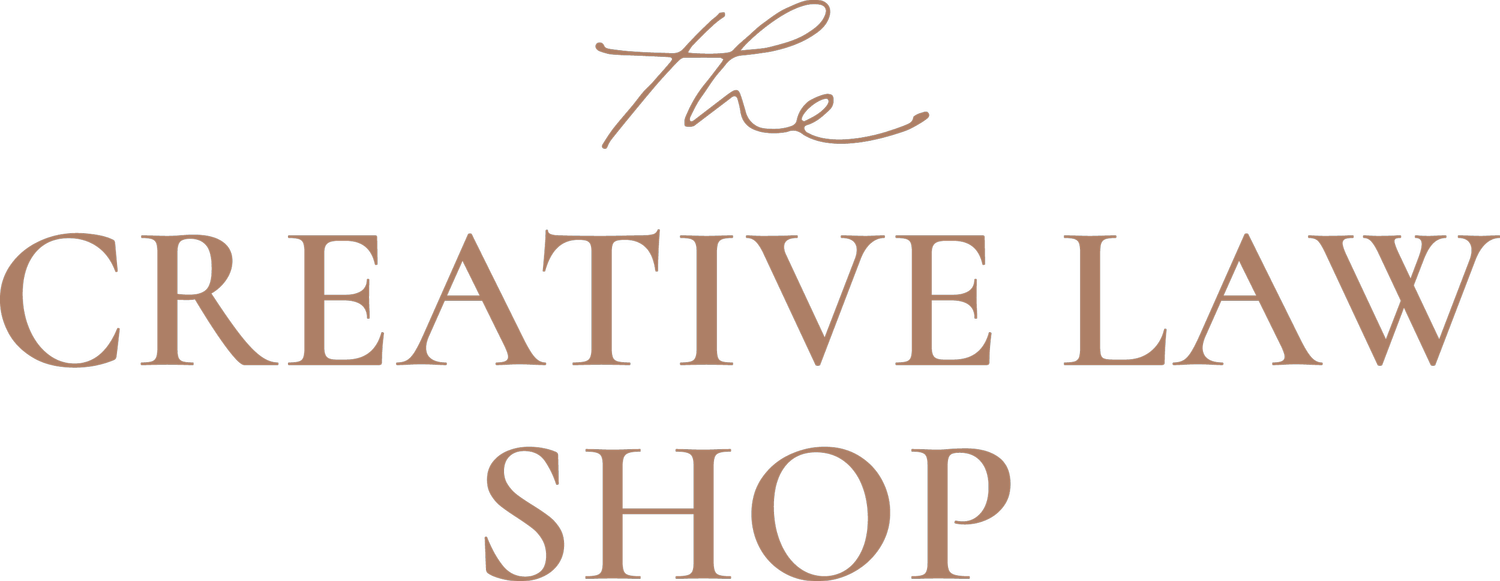Outsourcing Part II (A Glance At The EOS And Our Business Tools)
OUTSOURCING PART II:
Last week I answered one of my most frequently asked questions. “Who comprises the Shop’s team, and what are their roles?” If you missed it, you can read that HERE.
Today I want to share a bit more about the roles in the Shop and the tools we all use, but most importantly, the psychology behind my hiring process.
I previously mentioned the different roles that comprise the Shop, but when it comes to hiring, there are precursors that a business owner can adopt to make the appropriate hiring decision for their business. For myself, studying and implementing Gerber’s notions in The E-Myth and Wickman’s Traction have proved the most effective.
In each book, the authors discuss the notion of three “types” of entrepreneurs that most personalities typically fall under: the visionary, the integrator, and the tactician. The names are generally indicative of their meaning. The visionary personality is what most people think of when they think of entrepreneurs: the person who is continuously coming up with new ideas to steer the company. The “integrator” is typically the right-hand man that the visionary needs in order to objectively identify problems and find operational solutions. Finally, the tactician is the personality who helps hold the team together by implementing the business’s needs. Hiring someone to fulfill the integrator role was the most impactful hiring decision I made that helped move the needle of my business in its early stages. An invaluable resource in understanding hiring psychology and setting team boundaries has also been a study of the Entrepreneurial Operating System (“EOS”) laid out in Traction (plenty of information can be found on their website).
Tools we use within the business:
A few of the tools we use within the business:
Contracts-I mentioned the exact contracts used for each role in my previous post, but an additional note about this: having each contractor sign agreements has truly played an integral role in solidifying trust, teamwork, and a sense of partnership as each team member has come on board. Having agreements in place has helped define each of our roles, helping us work together more seamlessly.
Marco Polo- because the last thing any of us want to do is fill up our inboxes any more than we have to, and sometimes face-to-face communication is much more effective than texts.
Dubsado- the CRM we use for affiliate contracts, workflows, and more. Use my affiliate code “paigehulselaw” for a discount (and yes, I do receive a kickback on sales, but clearly, this is a program I use and love!)
Kajabi - (for new projects launching this fall!)
Team building tools: Using “personality tests” or tools is something I scoffed at a tiny bit until my team grew to more than 1 or 2 people. In truth, when you ask multiple people to work within your business, it’s your responsibility to make their jobs as copacetic as you can. Part of this is making sure that you have the right people in the right seats. Knowing people’s strengths, motivations, and personality traits has been absolutely critical in this element. At this time, I don’t require team members to take these tests, but when I know the results of the following, it aids in making sure I am communicating and delegating in the most productive way possible for us all.
Strengthsfinder - if I know that someone has Responsibility or Strategy high in their strengths, I know that they work well in management type-roles.
Enneagram: the most useful tool for myself personally, I know that if a complicated document needs additional review, I’ll ask a 1 on my team for help. If I need assistance in a visionary-type role in terms of defining tasks needed to be done by the team as a whole, I know a 6 is wonderfully suited.




